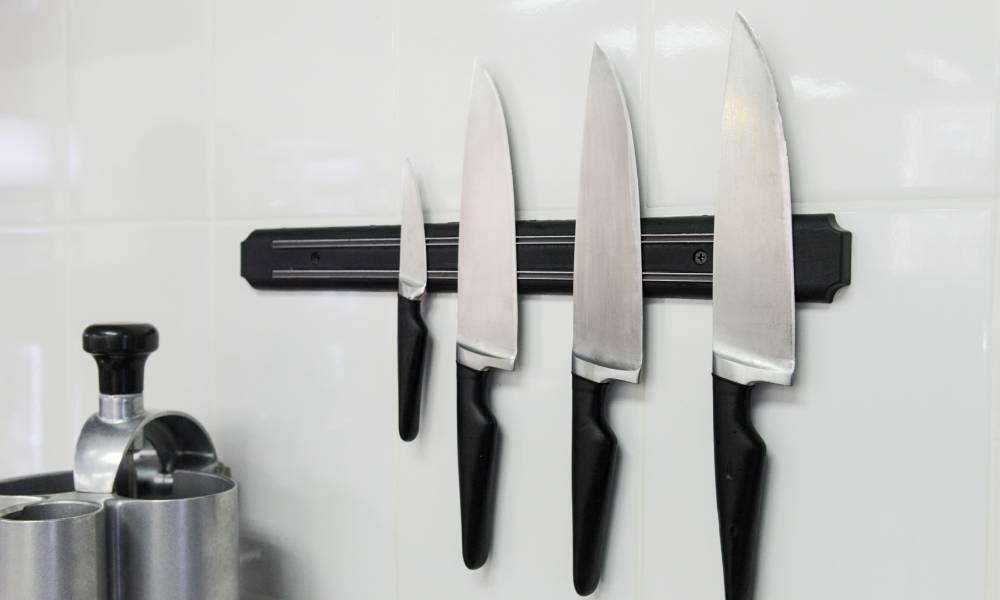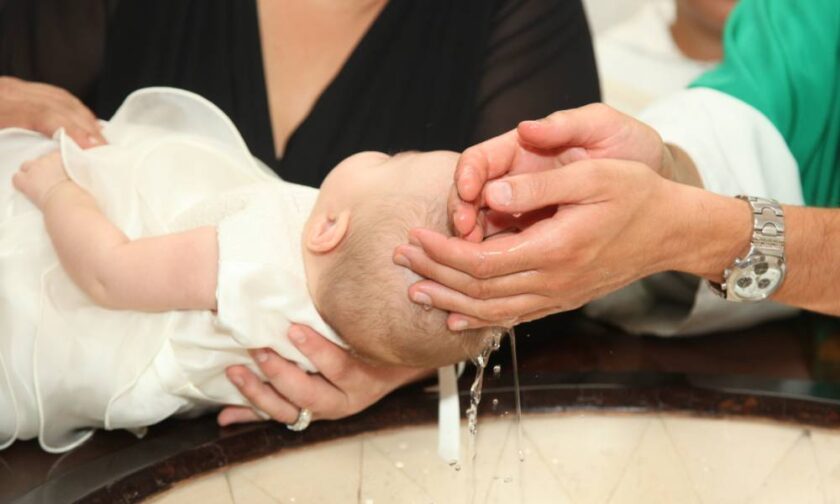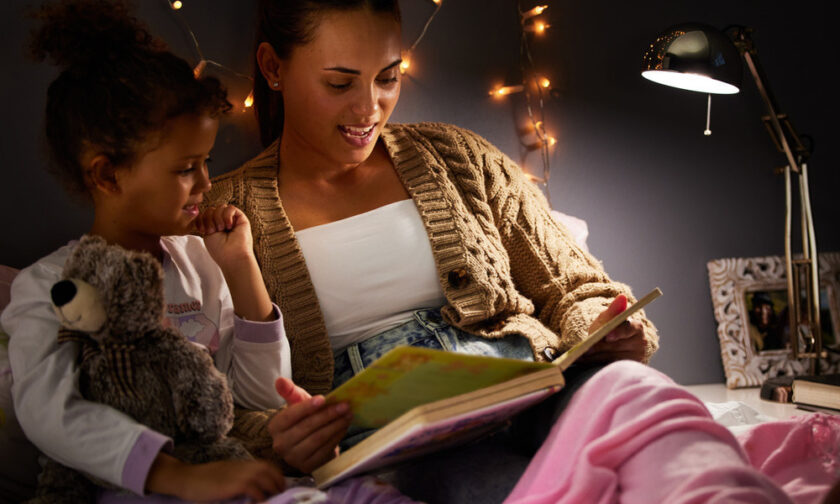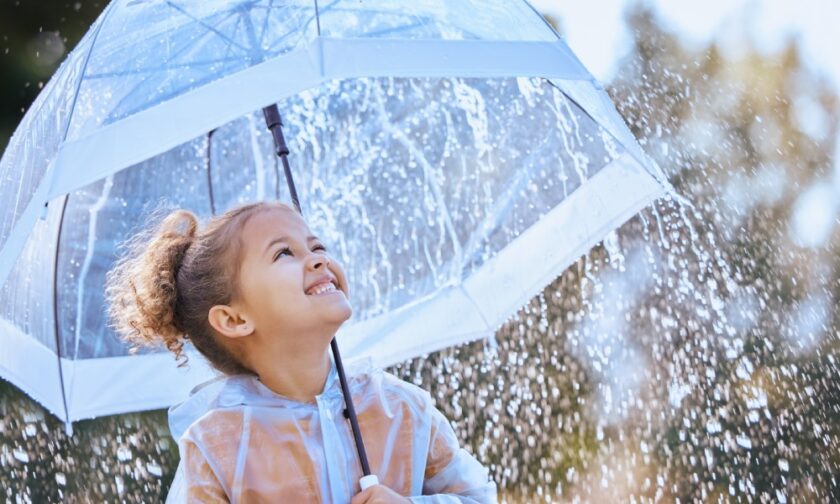Home is where we feel most secure, but numerous dangers lurk within our cozy abodes. Understanding these common household hazards is necessary to keep special needs children safe.
By taking proper safety precautions, you can create a safer environment for everyone. Here are some common household hazards that you should be aware of.
1. Manage Sharp Objects Safely
Sharp objects, such as knives and scissors, pose significant risks at home. When mishandled, these items can cause severe injuries, including deep cuts that may require medical attention. Plus, it’s dangerous to clean up blood without proper training due to the risk of virus or bacterial infection. Therefore, to prevent injuries and the spread of infections, you should store all sharp objects safely in a designated place out of reach of children. Additionally, consider using protective covers for knives and scissors.
Outside of knives and scissors, regularly inspect your home for any other potential sharp objects that might be lying around. Items such as broken toys or exposed nails can also be hazardous. Addressing these risks can help prevent accidents and injuries.
2. Prevent Falls Effectively
Falls are one of the most common household hazards to be aware of, especially for the elderly and young children. Slippery floors, loose rugs, and clutter can contribute to these incidents.
Install non-slip mats in areas prone to water spills, such as the kitchen and bathroom. You can secure any loose rugs with non-skid pads or double-sided tape to prevent them from sliding.
Try to keep walkways clear of clutter and other tripping hazards. Additionally, consider adding handrails to staircases and grab bars in the bathroom. These simple modifications can provide extra support and stability for family members who need it.
3. Avoid Poisoning Incidents
Household chemicals, medications, and even some plants can be toxic if ingested. Poisoning is a serious risk that often affects children and pets.
Always keep chemicals and medications in their original packaging and store them out of reach. Use childproof locks on cabinets containing hazardous substances to add an extra layer of security.
Additionally, educate your family members about the dangers of certain substances. Teach children not to touch or ingest unknown items and supervise them closely when they’re exploring new environments. If poisoning does occur, have emergency contact numbers readily available.
4. Protect Against Burns
Burns can result from various sources, including hot liquids, electrical appliances, and open flames. These injuries can be painful and may require medical intervention. Implementing preventative measures can significantly reduce the risk of burns at home.
In the kitchen, turn pot handles inward on the stove and keep hot liquids out of reach of children. Remember to use oven mitts and potholders when handling hot items to protect your hands.
Make sure electrical appliances are in good working condition and avoid overloading outlets. Additionally, use safety covers on unused outlets to prevent children from inserting objects in them.
5. Prevent Drowning
Although commonly associated with pools, drowning can also occur in bathtubs, sinks, and even buckets of water. This hazard is particularly dangerous for young children who may not understand the risk.
Never leave children unattended around water, even for a moment. Additionally, empty bathtubs, sinks, and buckets immediately after use to eliminate potential hazards.
For homes with pools, add proper barriers, such as fences and self-latching gates, to restrict access. Installing pool alarms can also provide an additional layer of security.
Understanding common household hazards and taking proactive steps to mitigate them can make your home a safer place. Be sure to educate your family and regularly assess your home for potential risks.






